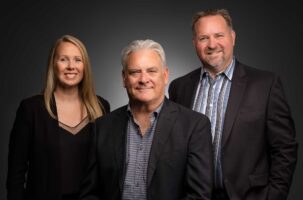What a spring – we had snow on the local mountains this past week and temperatures overnight are still hovering around 4° C. It’s hard to believe that it was about five weeks from now, last year, we saw backyard temperatures of 43° C. We have put together some tips to get ready for summer – if winter ever leaves us behind.
Heat dome
We live in a special place, on the edge of the forest at the edge of a city. We know that this intersection makes Lynn Valley special and the people who live here care deeply about our wild areas. However, there is tension between urban and wild areas and we have to take care of both – last year we spoke to the DNV Fire Rescue services about preparing our homes for wildfires.
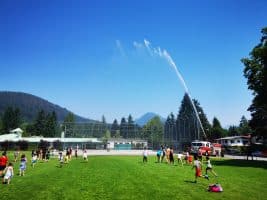
DNV Fire Rescue cooling kids off at Lynn Valley Park.
It may be unlikely we have another heat dome like last year’s extreme heat but the statistics have temperatures climbing and longer stretches of warm weather are becoming more common. A heat warning, as defined by Environment Canada, means daytime and nighttime temperatures or humidex values are expected to be higher than the average high temperature for 2 or more days in a row.
Here is what you can do to prepare:
Before:
- Listen to local news and weather reports for heat warnings.
- Know the humidex rating – it combines the temperature and humidity to indicate how hot the weather feels to the average person.
- Find ways to keep cool before hot weather starts.
- Arrange air conditioning and fans to help keep your home cool.
- Find out where you can go to get cool such as public libraries, malls, and municipal cooling centers: last year the NVDPL opened for cooling, as did the Pipeshop on Lonsdale and there were additional misting centres.
- Discuss heat safety with members of your household. Have a plan for wherever you spend time – home, work and school – and prepare for possible power outages.
- Get trained in first aid to learn how to treat heat-related emergencies.
- Ensure you have sunscreen (SPF 15 or higher), as sunburned skin reduces the body’s ability to cool itself.
- Stay hydrated. Drink plenty of cool liquids before you feel thirsty to reduce your risk of dehydration and heat-related illness.
- Ensure that your animals’ needs for water and shade are met.
- Make sure you know those who are most at risk in your neighbourhood, such as the elderly, children and those who are sick or in need of extra assistance.
During:
- Stay hydrated and cool
- Drink plenty of cool fluids, even if you don’t feel thirsty, and check-in with children and seniors to make sure they are drinking regularly.
- Avoid caffeine and alcohol because they can cause dehydration, which stops your body from controlling its temperature properly
- Avoid being outside during the hottest part of the day (typically between 10 a.m. and 2 p.m.).
- Dress for the heat and for your activity level:
- Wear light, loose clothing to let air circulate and heat escape.
- Always wear a hat and apply sunscreen with SPF 15 or higher before going outside.
- Slow down your activities as it gets hotter. Move indoors and don’t work, exercise, or play outside for an extended period of time.
- Take frequent breaks in a cool or shady area and use a buddy system if you need to be outside when it’s hot.
- Check on your pets and animals frequently – make sure their needs for water and shade are met.
- Drink plenty of cool fluids, even if you don’t feel thirsty, and check-in with children and seniors to make sure they are drinking regularly.
- Check with your neighbours, friends and those at risk.
- Pay close attention to how you and those around you feel. Following public health guidelines in your province or territory, check on vulnerable family members, friends and neighbours (such as children, the elderly and ill) who may require assistance.
- Heat cramps, heat exhaustion, or heat stroke, can happen to anyone who stays in the heat and sun for too long.
- Watch for symptoms of heat illness, such as:
- Dizziness or fainting
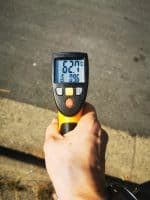
Lynn Valley asphalt temperature last June.
- Nausea or vomiting
- Headache
- Rapid breathing and heartbeat
- Extreme thirst
- Decreased urination with unusually dark yellow urine
- Changes of behaviour in children
- Dizziness or fainting
- Watch for symptoms of heat illness, such as:
Annual Spring home maintenance
We would all love a low-maintenance home – and the reality for that to be the case, being diligent about the little to-dos helps avoid major repair costs. Now is the time to tackle a few projects outside to maintain the appearance and value of your home.
- Check out the roof
It is vital to ensure your roof is free of damage. An issue with your roof, such as damage to shingles, flashing, or leaks, can quickly impact other areas. Look for missing, torn, or curling shingles and any shingles with missing granules.
- Clean out the gutters and downspouts
Over time, gutters and downspouts can get clogged, especially if you have many trees and vegetation in your neighbourhood. We all know that clogged gutters can cause water damage and prevent water from being directed away.
Remove any debris, patch holes in your gutter with exterior grade caulking, and check your downspouts to ensure they are properly directing it away from your structure.
- Inspect the foundation from the outside
Your foundation is often the source of water issues in your basement. Do a walk around the exterior, check for cracks in the foundation, and inspect the exterior walls, siding, and brick for damage. If you identify issues, contact a foundation specialist to look.
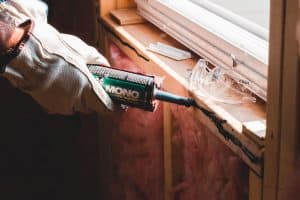 Check seals around exterior windows and doors
Check seals around exterior windows and doors
The cold weather can cause cracks or harden the caulk around your windows and doors. Inspect the seals on all windows and doors and replace them as required. This will help prevent water from getting in and help reduce your energy bill. Replace any broken or damaged screens.
- Take a closer look at the garage doors
Check the garage doors to make sure they are working. Vacuum dust and dirt around the doors, make sure nothing could fall and prevent the doors from working properly.
- Check the chimney
If you have a fireplace or wood-burning stove, it’s important to check the chimney and the unit for any blocks or damages. Look between the joints of bricks and stones. Have any fallen out? Is there vegetation growing out of them? Each signals water infiltration. Also, look for efflorescence—a white calcium-like deposit that indicates your masonry joints are no longer repelling water but absorbing it.
Looking for more?
There’s always something fun and exciting happening in Lynn Valley. Check out our Community Events Calendar or learn more about Local Activities, Mountain Biking or Hiking and Walking Trails.

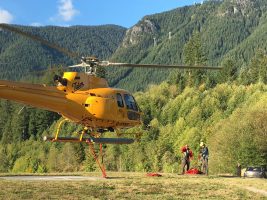
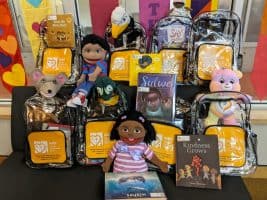
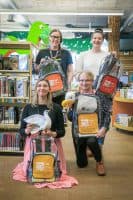 “
“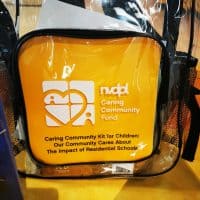
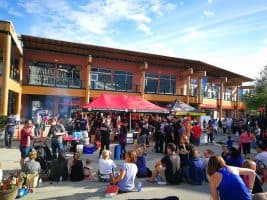
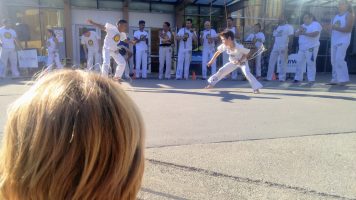 The programmers are aiming to encourage community engagement and highlight cultural richness and diversity. Successful applicants bring unique and engaging experiences that are intended for audiences in a variety of North Vancouver neighbourhoods and are delivered through outdoor workshops or performances.
The programmers are aiming to encourage community engagement and highlight cultural richness and diversity. Successful applicants bring unique and engaging experiences that are intended for audiences in a variety of North Vancouver neighbourhoods and are delivered through outdoor workshops or performances. 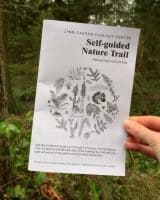 “We have eight events, with six guest presenters,” said Cassie Allard, Ecology Centre education programer. “There are five online and three in-person events. We are so happy to be back being able to do something outside – to be able to look at some things, touch some things, and even taste some things. There is a lot happening – the birds are chirping and plants are starting to grow.”
“We have eight events, with six guest presenters,” said Cassie Allard, Ecology Centre education programer. “There are five online and three in-person events. We are so happy to be back being able to do something outside – to be able to look at some things, touch some things, and even taste some things. There is a lot happening – the birds are chirping and plants are starting to grow.”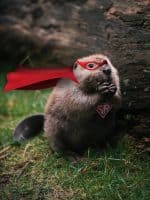
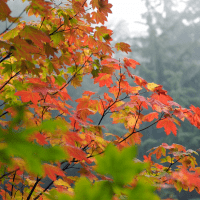
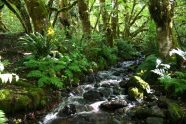 “We’re in the process of developing an Integrated Stormwater Management Plan, which will improve streamside habitat, reduce pollution in our creeks and streams, and improve groundwater conditions,” said Rannard.
“We’re in the process of developing an Integrated Stormwater Management Plan, which will improve streamside habitat, reduce pollution in our creeks and streams, and improve groundwater conditions,” said Rannard.
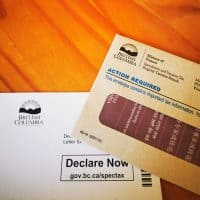
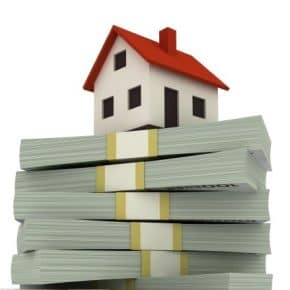 Ooops I forgot
Ooops I forgot
 “The best part of living and working in Lynn Valley is being able to give back to the neighborhood that is our home,” said Jim. “When we started our commitment to the community was a new idea. Investing in a community connection and news website rather than calendars and notepads has led to partnerships we never could have imagined. From the non-profits we continually raise the profile of, to being able to communicate important resources in times of crisis, to sharing the fantastic achievements of the people that make Lynn Valley a fantastic place to live. We hope that by showing you can trust our commitment to a life here, you will trust us to guide you through your home purchase or sale.”
“The best part of living and working in Lynn Valley is being able to give back to the neighborhood that is our home,” said Jim. “When we started our commitment to the community was a new idea. Investing in a community connection and news website rather than calendars and notepads has led to partnerships we never could have imagined. From the non-profits we continually raise the profile of, to being able to communicate important resources in times of crisis, to sharing the fantastic achievements of the people that make Lynn Valley a fantastic place to live. We hope that by showing you can trust our commitment to a life here, you will trust us to guide you through your home purchase or sale.” 